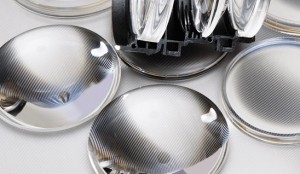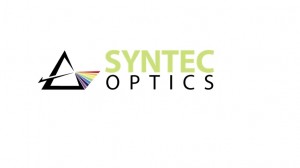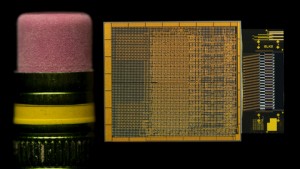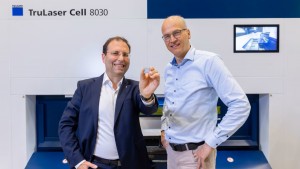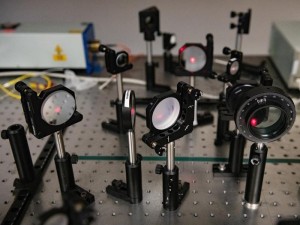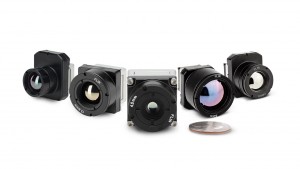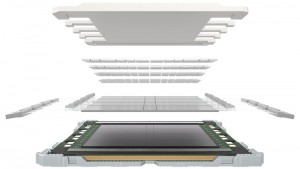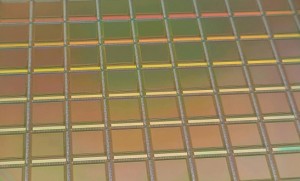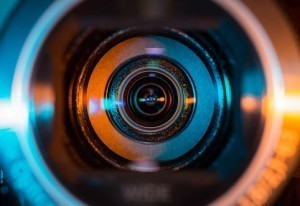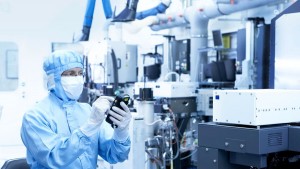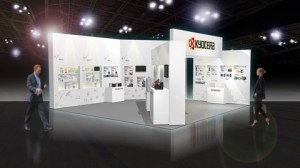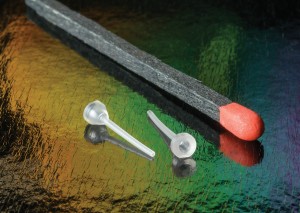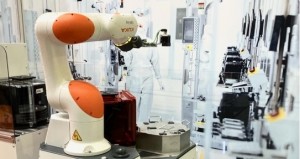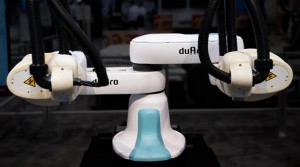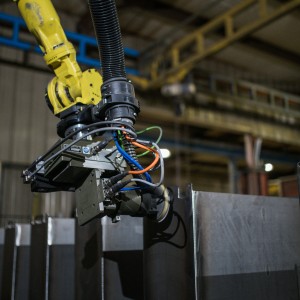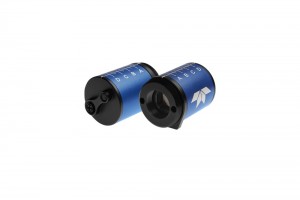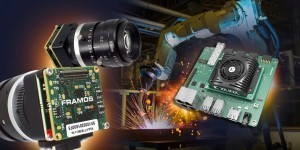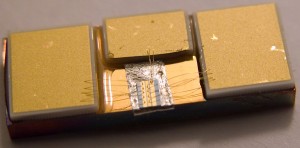
A team at the University of Leeds in the UK have built a quantum cascade terahertz laser chip with output power exceeding 1 W, which more than doubles landmarks set by the Massachusetts Institute of Technology (MIT) in the US and subsequently by Vienna University of Technology in Austria.
Edmund Linfield, Professor of Terahertz Electronics in Leeds’ School of Electronic and Electrical Engineering, describes his team’s record-breaking terahertz laser chip as “a small piece of semiconductor wafer, made out of a combination of GaAs and AlGaAs, which we have grown using a technique known as molecular beam epitaxy (MBE).” He adds that in the direction of growth, there are over 1000 separate layers, each patterned to an atomic scale resolution.
Peak output powers greater than 1 W require the highest performing semiconductor materials. Hence, Linfield deems this record achievement “an excellent demonstration of the quality of MBE growth at the University of Leeds.” Such powerful lasers enable imaging over greater distances or faster acquisition times.
A number of factors likely contributed to Leeds’ ability to create a terahertz laser more than twice as powerful as previous devices, according to Linfield. “For example, we needed to ensure that the growth of the semiconductor crystal was of the highest quality,” he reports. After optimising design and doping in the structure, they also increased the size of the devices to increase the area of the material that can lase. Linfield, however, stresses that as the area of the device increases, device heating also increases, which, on the other hand, degrades performance — “so there is a trade-off that needs to be optimised between device design, area and doping,” he concludes. What’s more, growing more than 1000 separate semiconductor layers, each patterned with atomic layer precision, is “extremely challenging,” according to Linfield. “Our lasers take over 10 hours to grow, and we need to ensure that the conditions remain extremely constant throughout this growth period,” he elaborates. “This is not easy.”
Apparently, however, this kind of challenge in the lab does not deter Linfield from developing his terahertz laser yet further. “We clearly want to see whether we can get even more power,” he says. Currently, though, the lasers need to be cooled below room temperature, so raising their operating temperature “is high on our list of priorities,” Linfield says. “We would also very much like to see our lasers get used in real-world applications.”
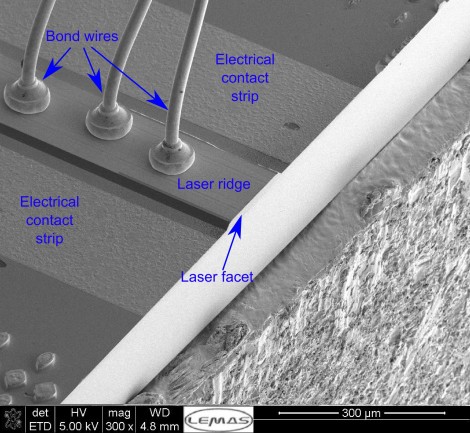
Terahertz waves can penetrate materials that block visible light. Consequently, there are numerous potential applications for terahertz laser systems, from process monitoring in the pharmaceutical sector to security screening, medical imaging and astronomy, Linfield explains. “But existing solutions tend to be very expensive and not compact,” the professor interposes. “So, the development of a cheap, compact source at terahertz frequencies could well unlock the potential of some or all of these application areas.”
The research findings are detailed in the paper “Terahertz quantum cascade lasers with >1 W output powers, published in Electronics Letters.
Written by Sandra Henderson, Research Editor Novus Light Technologies Today





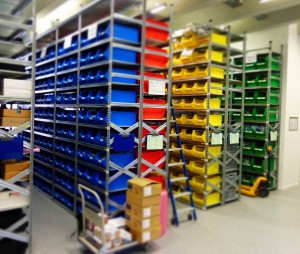



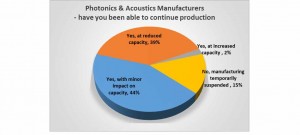

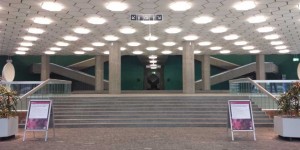




















 Back to Features
Back to Features










